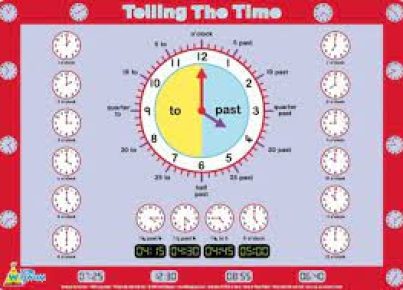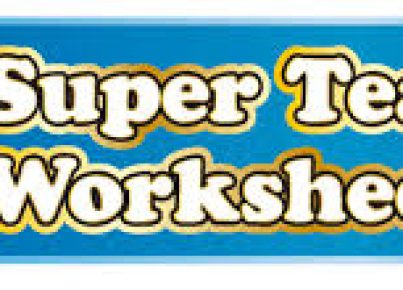Introduction
Lesson planning is an essential component of effective teaching and a crucial factor in student achievement. This article discusses a case study of one teacher’s approach to lesson planning, highlighting the strategies, methods, and tools employed to deliver high-quality instruction. The case study delves into how this particular teacher transformed her course content into engaging, relevant, and comprehensive lesson plans that consistently achieved desired learning outcomes for her students.
Case Overview
The case study focuses on a high school English language arts teacher named Ms. Johnson, who has been teaching for ten years at a diverse urban school. Through her experiences in the classroom, she found that inadequate lesson planning often resulted in disorganized lessons and poor student engagement. To combat these issues, Ms. Johnson dedicated herself to refining her lesson planning process and rigorously implementing impactful instructional strategies.
Step 1: Identifying Learning Objectives
Ms. Johnson began each unit by identifying clear learning objectives derived from state standards and desired skills development. She then prioritized these objectives based on their importance and contribution to overall understanding. This process allowed her to ensure alignment with assessment criteria, providing a vital foundation for her lessons.
Step 2: Selecting Engaging Materials
To foster interest and engagement, Ms. Johnson selected high-quality materials that were relevant and captivating to her students. These included texts from various genres and reputable sources, multimedia presentations, interactive activities, and group discussions. By incorporating diverse materials into her lessons, she acknowledged the different learning styles of her students while exposing them to essential ideas and perspectives.
Step 3: Differentiating Instruction
Recognizing that each student comes with unique strengths and challenges, Ms. Johnson carefully designed differentiated instruction strategies catering to individual needs. This involved tailoring content delivery methods, creating tiered activities, making accommodations for students with special needs or English language learners (ELLs), and providing opportunities for enrichment activities.
Step 4: Assessing Progress
To monitor her students’ progress and adjust her lesson plans accordingly, Ms. Johnson utilized a variety of formative and summative assessments. These included homework assignments, quizzes, essays, reflective journals, presentations, and class discussions. Timely feedback and opportunities for revision enabled students to develop essential skills at their own pace while highlighting areas requiring further attention.
Step 5: Reflection and Revision
Finally, Ms. Johnson consistently reflected on her lessons, using observation data as well as student feedback to refine her instructional practices. This ongoing process of self-evaluation allowed her to identify potential areas of improvement and make adjustments to better serve her students.
Conclusion
The case study of Ms. Johnson’s approach to lesson planning exemplifies the significance of effective planning in driving student achievement. Through meticulous attention to clear learning objectives, engaging materials, differentiation, assessment, and reflection, she was able to create cohesive, engaging lessons that catered to the diverse needs of her students. This case study serves as a guidepost for educators striving to optimize their lesson planning processes and maximize educational outcomes for their learners.





